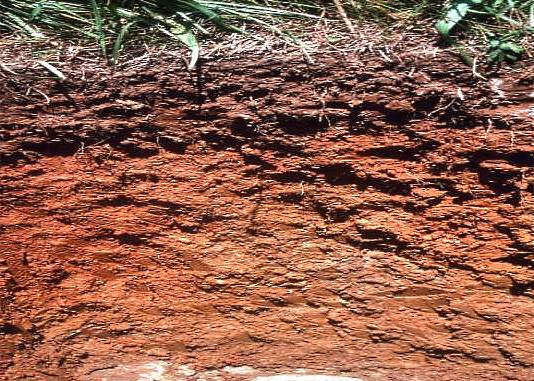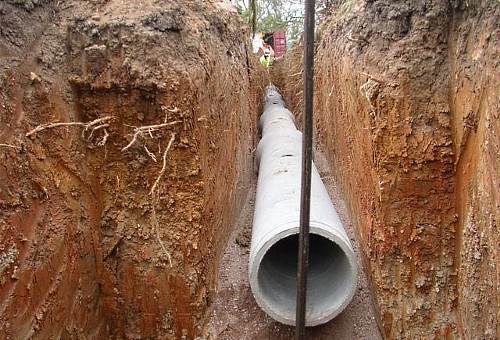How to make a lawn on clay soil?
Laying out a lawn with a lawn is the best way to equip the local area, create a cozy atmosphere on the entire personal plot, give yourself and everyone close to you a wonderful place to relax and spend leisure time. But so that the reason to be proud of your lawn does not become just a desire, and the efforts and financial resources spent are not wasted, you should take care of the correct preparation and planning of the site for sowing.
Features of clay soil
Each owner is most likely aware of what kind of land is typical for his site. Clay soils are widespread in Russia. The main problem in the cultivation of such territories is that the soil with a predominant content of clay shale has rather low fertility rates. This applies to both garden plantings, that is, fruit and berry crops, flowers, shrubs, and ordinary lawn crops.

Also clayey soil is characterized by the following properties:
- rather difficult and problematic processing;
- prevents the full development and growth of most plant crops;
- despite high nutritional values, it has poor permeability;
- practically blocks the flow of nutrients and water to the root system of plants;
- the most important problem of all clayey areas is a pronounced stagnation of water and, as a result, the appearance of putrefactive phenomena.
It is worth noting that cherry, raspberry, and strawberry seedlings not only grow hard in such areas, but literally die at the slightest waterlogging of the soil.
Basic work on the cultivation of clay areas
If you define clearly clay soil on your site, you should make a full-scale step-by-step preparation of the site for sowing the future lawn with seeds. It is difficult to correct the current situation, but it is quite possible if you carefully approach the solution of this problem. The question of how to properly make a lawn on clay soil may apply in general to the arrangement of the site. Clay soils are destructive not only for lawn crops, but for any kind of plantations.
So you should worry about making some adjustments to the structure of the site in advance:
- work on sanding the territory or area for the lawn. The essence of the work is to mix the soil available on the site with clean sand. The proportions are observed literally one to one;
- adding a sufficient amount of peat, peat mixture and nutritious humus to the soil;
- the entire area of the site intended for the organization of the lawn is located in the plane at a certain small angle, approximately equal to 2 - 3 °. Such a technique will ensure an effective outflow of accumulated water;
- planning and reconstruction of the drainage system.
Organization of the drainage system of the site
When improving clayey land, it is possible to organize two types of drainage: surface and deep. Particularly problematic wetlands sometimes allow both systems to function simultaneously. The most common way to get rid of excessive stagnation and water accumulation is to create a drainage system.
Deep drainage system
Deep drainage allows timely disposal of groundwater due to the impact of soil pressure on the increasing volume of incoming water. As a result, water is simply pushed to the surface of the earth. For the effective functioning of deep drainage, it is necessary to organize a whole system of special pipes, called drains.

Effective drainage performance is due to several factors:
- sequence of installation work;
- planning and reconstruction of a structured channel system throughout the site;
- the laying of channels should not be carried out more than a meter deep;
- compliance with the recommended angle of inclination, the individual value of which is determined depending on the features of the relief in this area;
- drains are laid on a previously filled layer of sand.
In the event that the work on the cultivation of the territory was done incorrectly or not in full, the sown crops will soon die, and an abundance of weeds, for example, sedge or clover, will be observed at the site of the developed site.